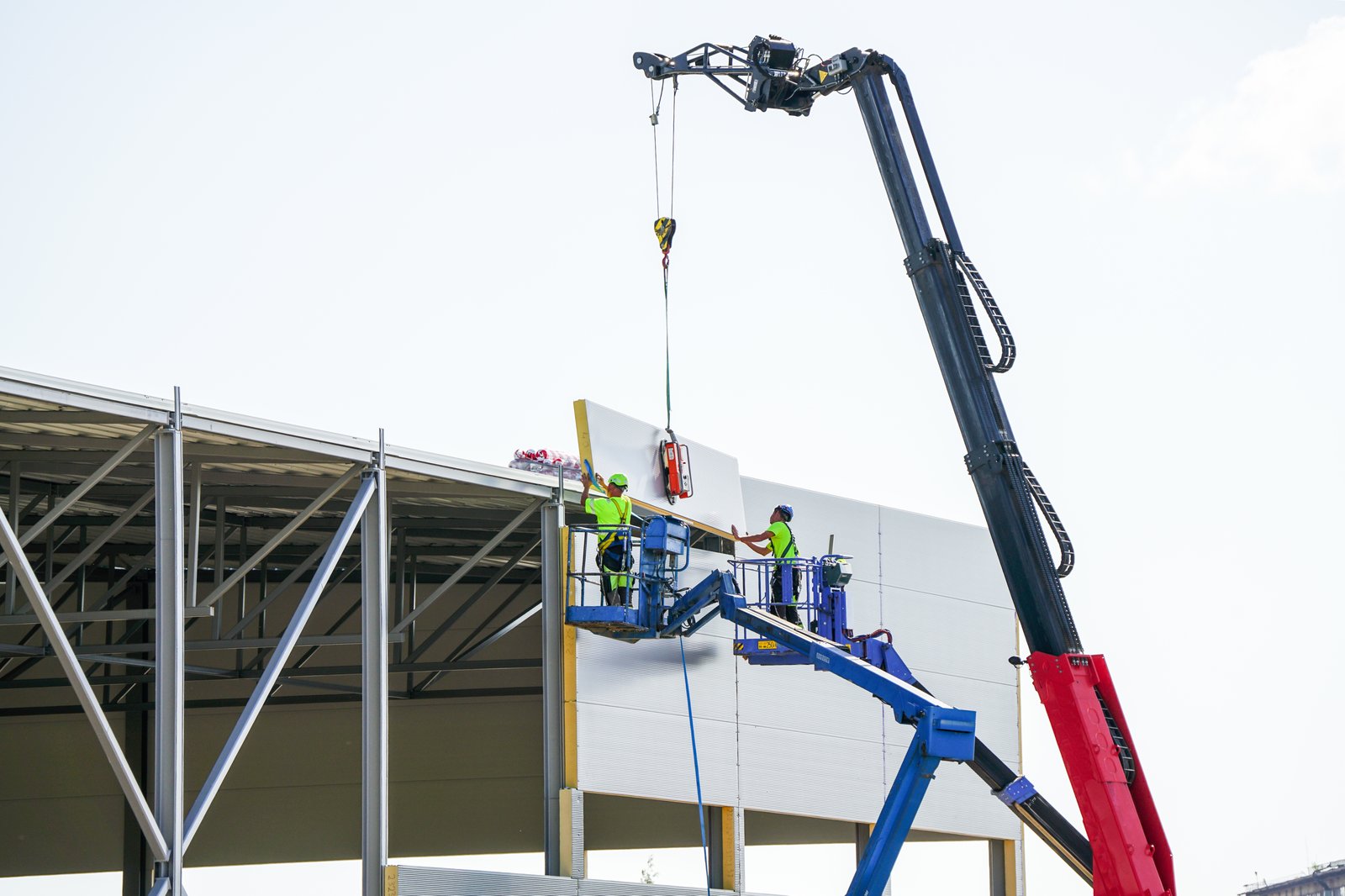Even in a post-COVID world, material delays continue to derail construction timelines. Why? Because execution, not just planning, defines whether a project hits its milestones or spirals into cost overruns.
For complex, multi-year construction projects, the supply chain is only as strong as its weakest delivery. From long-lead equipment to unexpected supplier backlogs, even a small disruption can push critical project phases off track. Sometimes for months.
In this article, we explore:
-
Why large projects are still vulnerable to delivery delays
-
How the “critical path” magnifies risk
-
And what leading construction organizations are doing to get ahead of it
Supply Chain Stability? Not Quite.
Global logistics have undeniably improved since the chaos of 2021. Shipping bottlenecks have eased, and commodity prices have stabilized in many sectors. But when it comes to large-scale construction, stability remains an illusion.
Why? Because the industry is still highly exposed to:
-
Fluctuating lead times on specialized materials and equipment
-
Labor shortages in both skilled trades and transportation
-
Fragmented data across owners, OEMs, contractors, and suppliers
-
Manual planning tools in fast-moving, high-stakes environments
In other words, the systemic vulnerabilities haven’t disappeared. For the world’s most complex builds, fragile supply chains remain a top risk factor.
Why “Just in Time” Is No Longer Safe
For decades, “just in time” delivery was the preferred model. It kept costs down, reduced on-site inventory, and optimized cash flow. But in today’s uncertain world, relying on tight delivery windows can be a recipe for disaster.
A single missed truck, delayed customs clearance, or supplier backlog can trigger a domino effect that halts progress across the entire site.
Modern construction projects now require a more resilient approach:
-
Early coordination with multiple suppliers to identify risks far in advance
-
Digital systems that provide real-time visibility into shipments and order status
-
Buffer stock or redundancy for critical or high-risk items
-
Predictive analytics that track supplier health, transportation delays, and early warning signs
Teams that continue to rely on spreadsheets and reactive firefighting are paying a high price — in both money and time.
Critical Path Items: When One Late Delivery Stops Everything
The most dangerous delays are those that hit the critical path.
In project management, the critical path includes all tasks and materials that directly affect the project’s end date. If a single critical item is delayed, the entire timeline shifts.
Examples of critical path risks:
-
Late switchgear delivery halts electrical commissioning.
-
A missing chiller delays HVAC system completion.
-
Structural steel delays stop all downstream trades.
The problem is compounded when teams don’t know which materials are critical until it’s too late. Without clear insight into which deliveries affect milestones, teams can’t prioritize the right actions, and days (or weeks) slip away.
Lessons from the Field: The Visibility Gap
In a recent conversation with a supply chain leader at a Fortune 500 company, one theme came up repeatedly: the lack of connected systems.
“Even big companies like ours struggle to get real-time data from suppliers. We can’t see their inventory, backlog, or open orders without doing it manually.”
This gap creates a blind spot that leads to:
-
Missed early-warning signals from suppliers
-
Inaccurate forecasts and timelines
-
A constant state of reactive firefighting
The takeaway? Data silos are one of the biggest hidden risks in construction supply chains.
Fixing this isn’t just about building better internal tools. It requires ecosystems where data flows freely between owners, contractors, logistics providers, and manufacturers.
4 Ways to Protect Your Construction Project from Material Delays
What can you do today to reduce your project’s vulnerability?
1. Identify Critical Path Items Early
Map which deliveries truly impact milestones. Treat these items differently from the start, ensuring extra oversight and contingency plans.
2. Integrate Systems Through APIs
Enable seamless data exchange between contractors, OEMs, logistics providers, and suppliers. When everyone has access to the same live information, decisions get faster and smarter.
3. Use AI and Predictive Analytics
Advanced tools can monitor changes in lead times, supplier risk, and shipping progress in real-time — allowing teams to adjust before delays become crises.
4. Diversify Your Supplier Base
Don’t depend on a single supplier for critical or long-lead components. Building redundancy into your supply chain adds resilience.
Final Thoughts
While the global supply chain may appear to be stabilizing, deep vulnerabilities remain. E specially in large, complex construction projects.
Material delays are not just a logistics issue; they’re a strategic risk that impacts project timelines, budgets, and outcomes.
To succeed, owners and contractors need more than just good planning. They need visibility, flexibility, and smart systems that help them act before issues turn critical.
Those who embrace data-driven, proactive supply chain management will be better positioned to deliver projects on time, and protect their margins in an increasingly unpredictable world.



